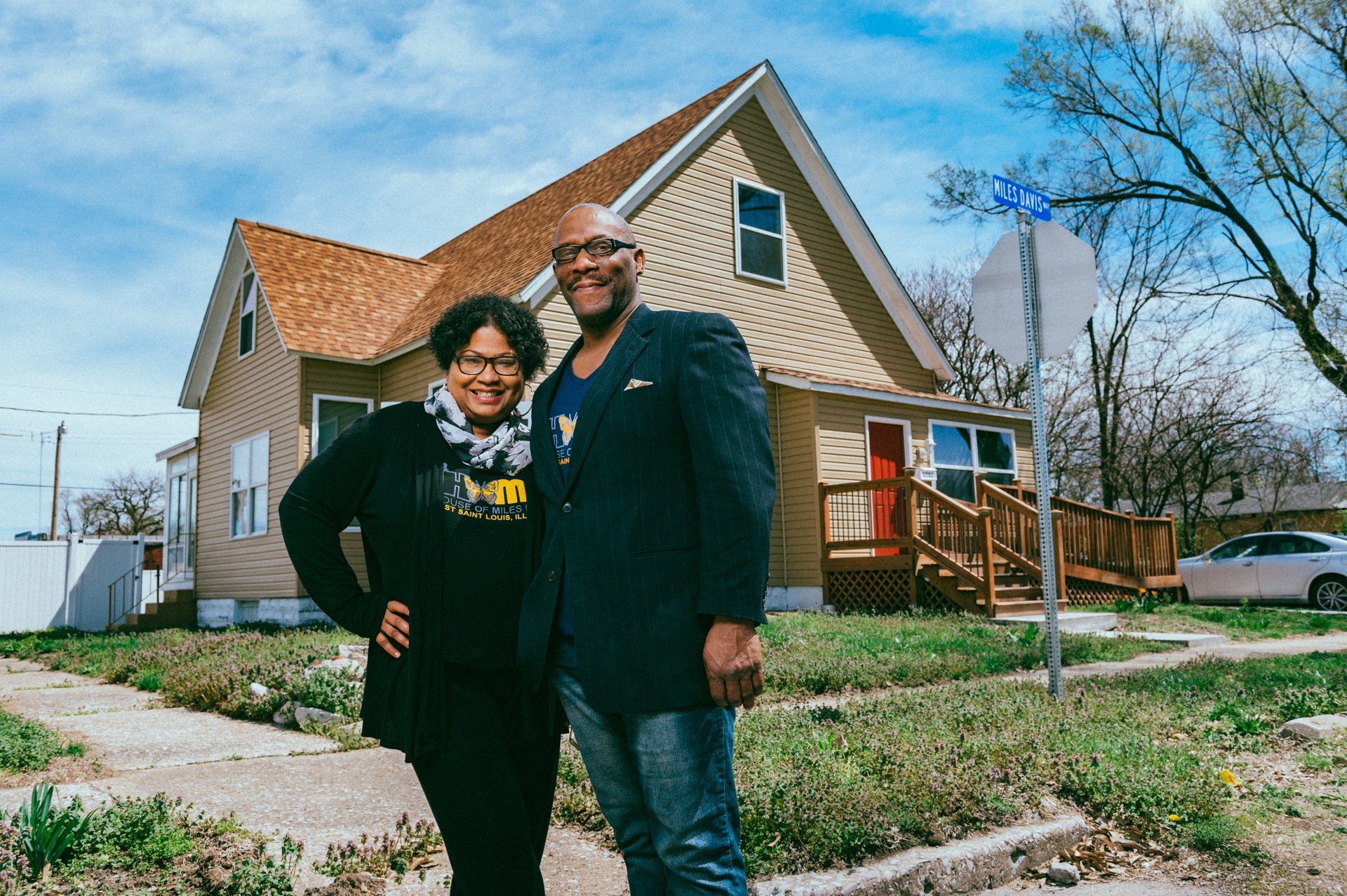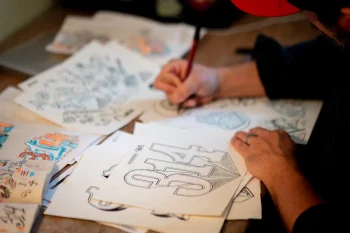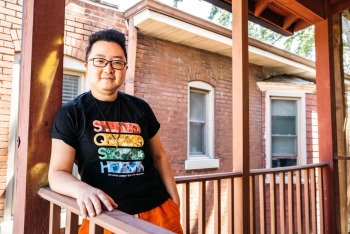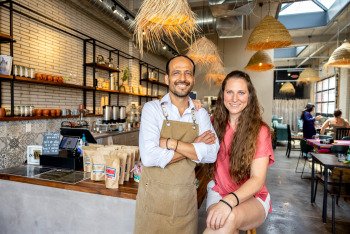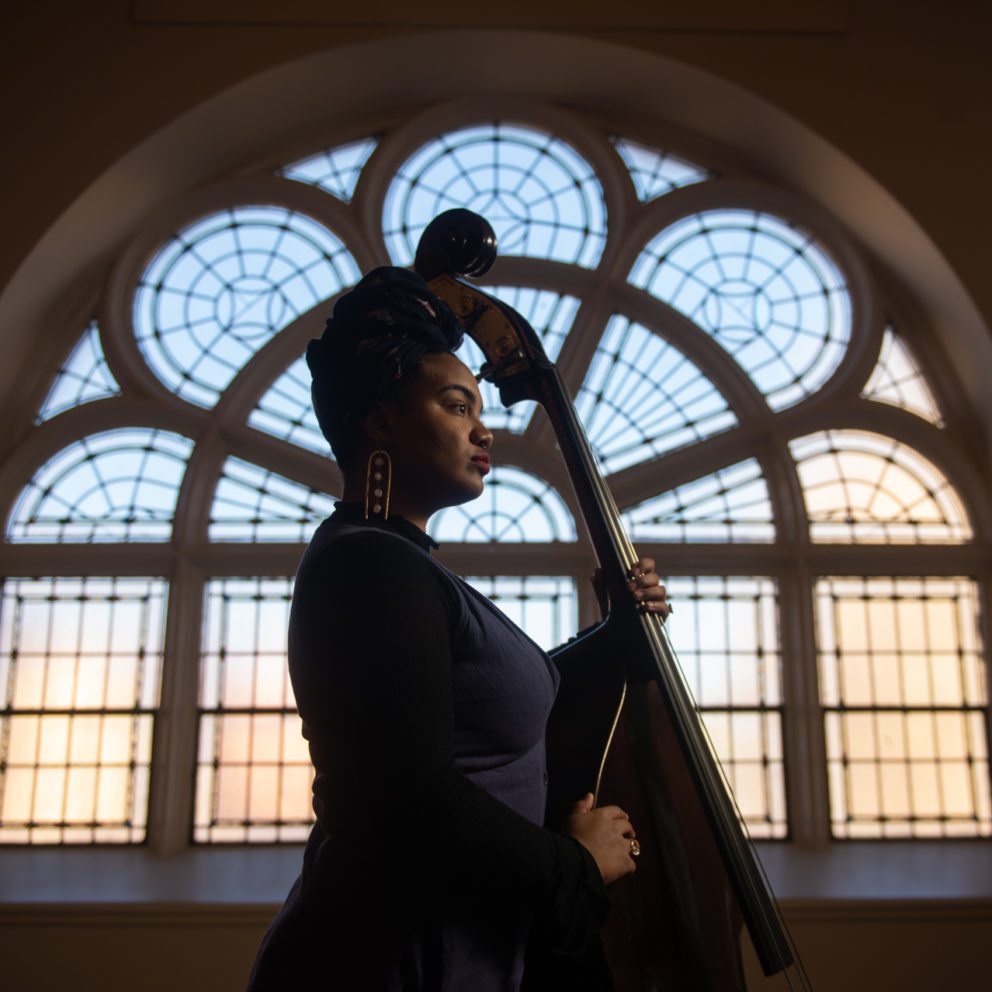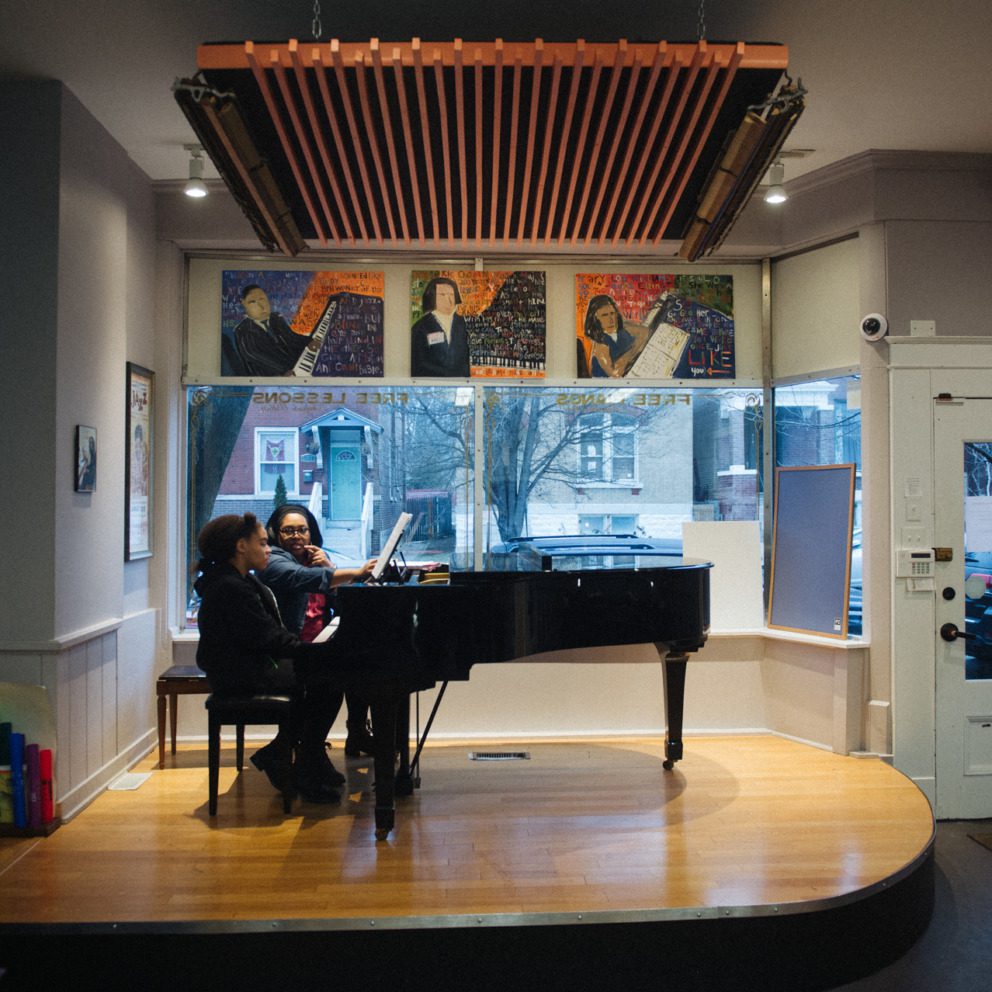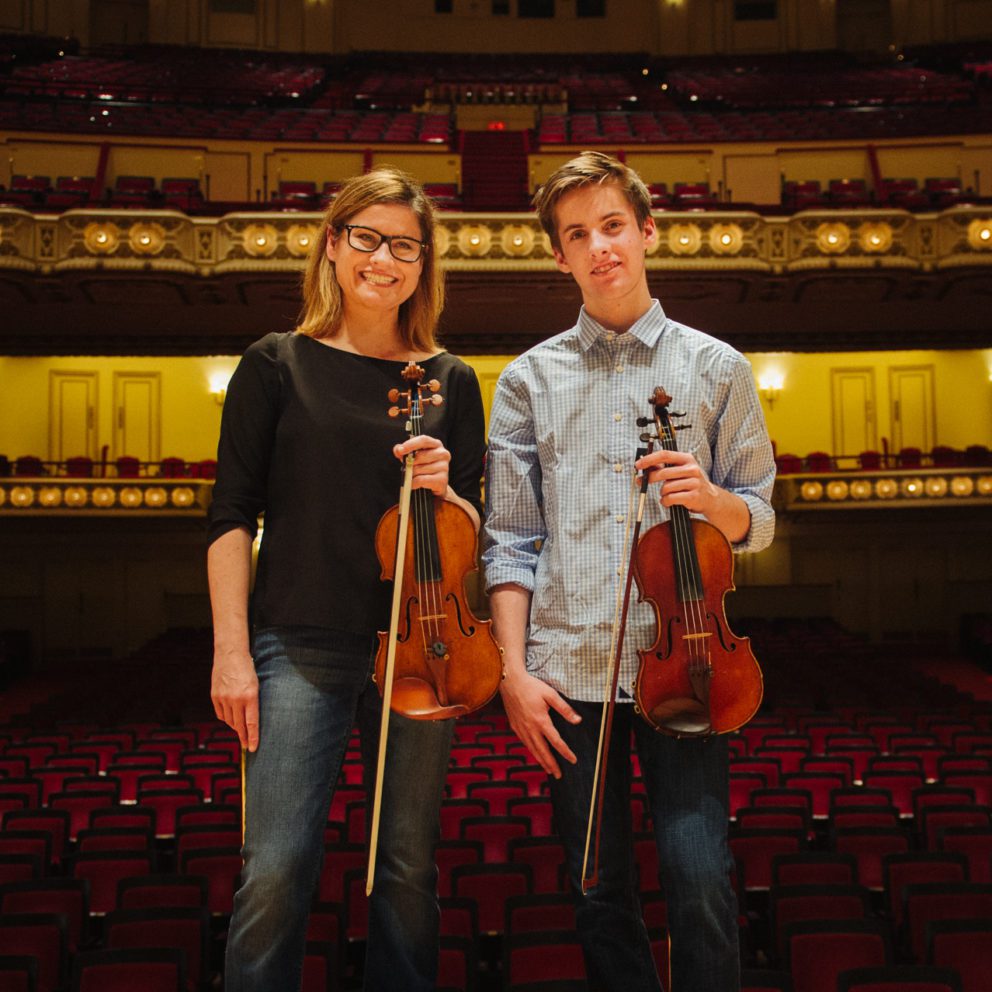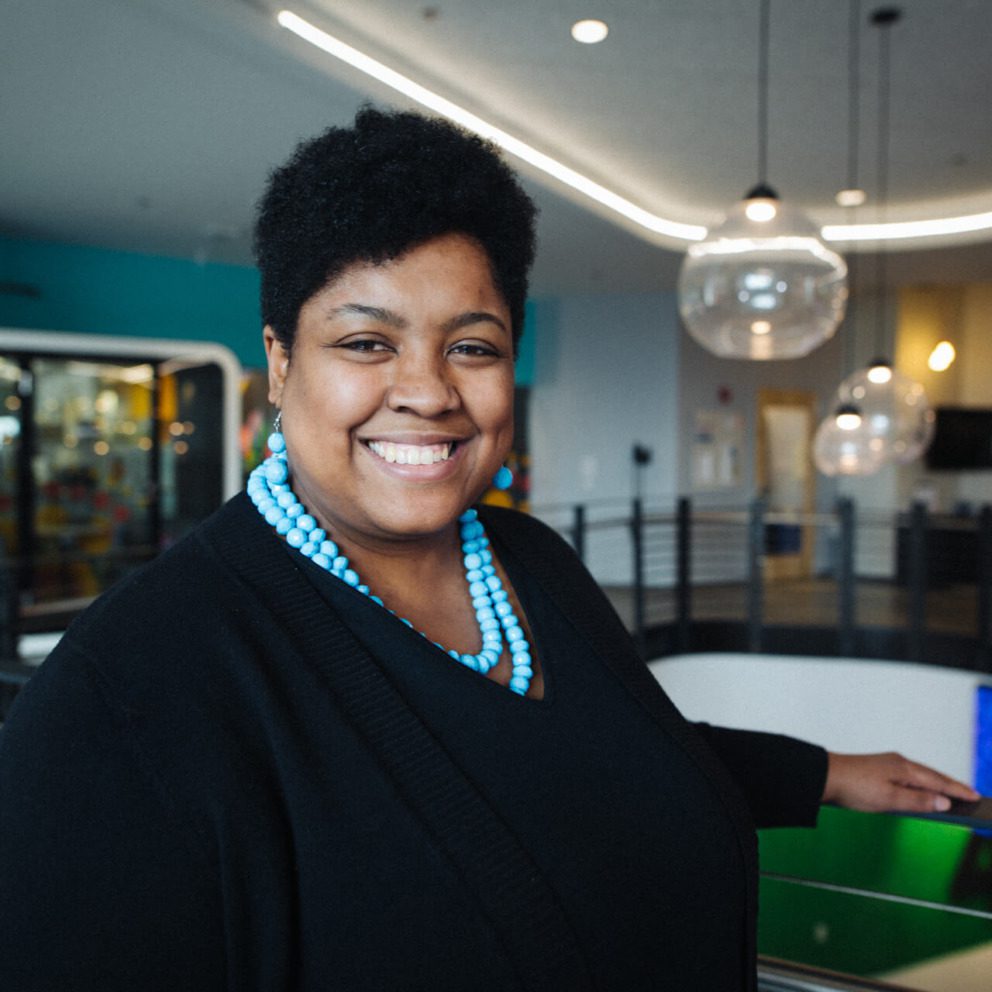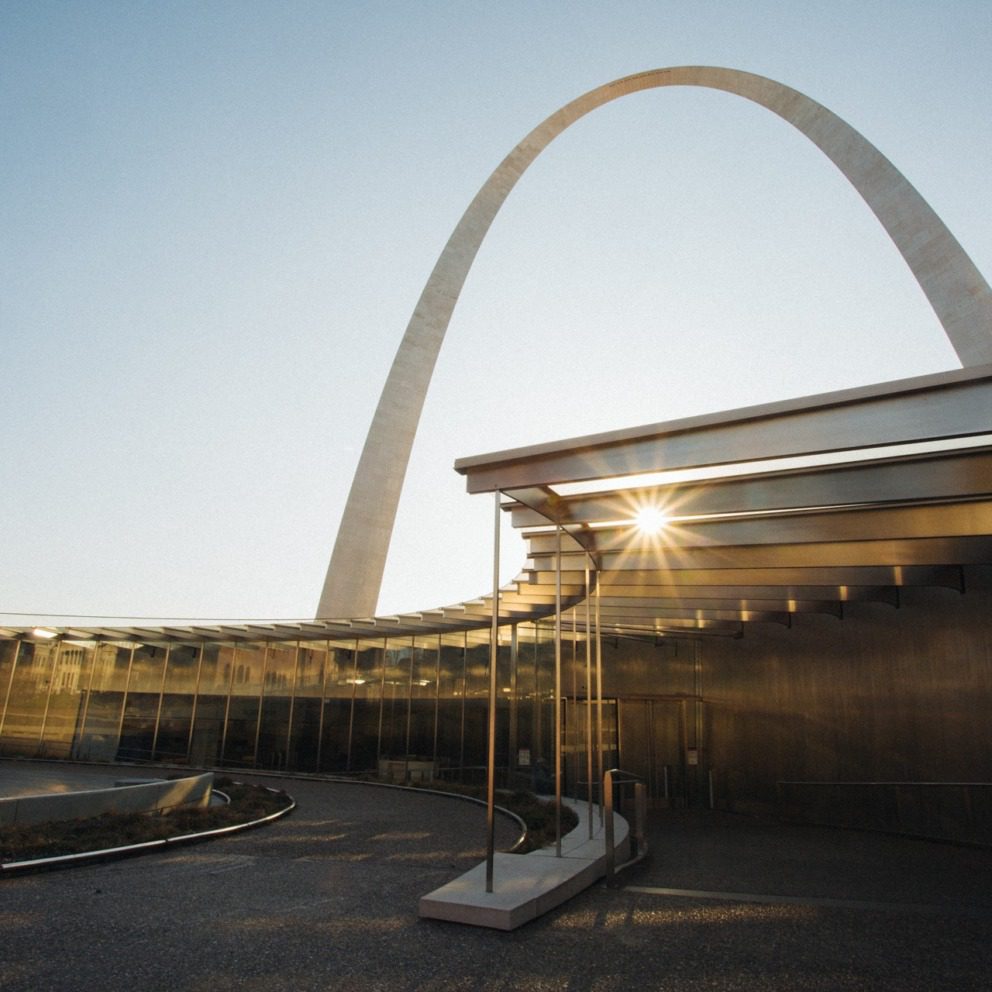All That Jazz
Lauren Parks and Jas Gary Pearson have turned the childhood home of music legend Miles Davis into a community catalyst.
Jazz music plays softly inside a small house at North 17th Street and Kansas Avenue in East St. Louis. Located on a largely empty block, it’s a nondescript structure, a single family home that sat empty and in disrepair for at least 15 years.
Not anymore, though. The tune – rich, intimate and led by the sound of a muted trumpet – floats throughout the rooms within the house, infusing it with life and the instantly identifiable work of legendary musician Miles Davis. This is where Davis spent much of his childhood and learned to play the trumpet, after all. Before Davis moved to New York City and became a jazz giant and citizen of the world, his talent and temperament were shaped and nurtured right here in East St. Louis.
Now the house is the locus of a new mission – one that helps memorialize Davis’ beginnings while jumpstarting dreams for a new generation. It’s the jazz master’s childhood home, but it is also HOME, which stands for House of Miles East St. Louis and serves as both a museum to Davis and a community center with multidimensional education programs for children.
“What helped to make Miles, Miles? This little town, East St. Louis, and his family,” says Lauren A. Parks, HOME’s president and co-founder. “We like to share that with our students, and it’s very empowering for them when they hear the stories.”
With backgrounds in education, Parks and Jas Gary Pearson, HOME’s co-founder and its vice president of urban planning, are using Davis’ reputation as an inventive renaissance man to encourage students aged 10 to 18 to tap into their own talents and open up new opportunities.
“We get all our inspiration from developing our programming,” Pearson says. “Every morning we come here, we sit, and we just look around. Our vision has grown just by being in this house.”
That vision has given rise to a number of programs, events and activities, including (naturally) music and arts curricula and a focus on nutrition and health. HOME also partners with local schools and companies for special programs such as the Mutt-i-grees curriculum with Purina, which uses therapy dogs to teach students about empathy and emotional health. Many students who participate in the programs at HOME are missing something in their personal lives, so Pearson and Parks try to fill in as parent-like figures who nurture them as completely as they can while giving them a supportive community.
“We look at the holistic approach of trying to make a better child to become a better adult, so our thought is, let’s sit down and kind of strategize how things should look,” Pearson says. “When you walk in this front door, when you get out of school, you think about home. You get home, you get mom and dad.”
“We’re not a traditional community center,” Parks adds. “We’re not a traditional classroom, so you don’t come in here and sit at your desk. We have a very eclectic curriculum and various ways to engage our students.”
But of course, it all comes back to Davis. Throughout his career, he reinvented his sound a number of times, and with it, jazz itself. He also became a visual artist with a style as bold and unconstrained as his music. His presence can still be felt throughout the small East St. Louis house and in the surrounding neighborhood. Currently on display at HOME are a stylish, fringed black jacket and a pair of custom-made, pointed black ankle boots, plus concert posters and family photographs, including one of young Davis as a member of the Lincoln High School marching band. The house also features paintings and photographs by local artists as part of HOME’s commitment to community involvement.
It’s easy to imagine Davis going about his daily life in his old house – walking down Kansas Avenue to the front door, grabbing a bite from the small kitchen at the back, hustling up the steep, narrow staircase to the room where he’d rehearse or do his homework. But if it weren’t for Parks and Pearson saving the home from neglect, members of the public wouldn’t have gotten the chance to step into that world themselves.
Around 2010, Parks had heard the property was available while she was working for the city, where her brother Alvin served as mayor 2007-2015. Her family and Davis’ have deep ties — one of Parks’ aunts was best friends with Davis’ sister Dorothy, and two others were close with his brother Vernon. Parks’ mother and still another sibling were younger, but all managed to spend time in the house while growing up.
Vernon Davis was the last family member to live there, and the house eventually became shuttered, had suffered a fire and was in considerable disrepair. With no one left to care for the property anymore, the family hoped to donate it to a nonprofit organization. Parks and Pearson, who had been friends for decades, formed one and took possession in 2011.
The duo was not fazed by the house’s condition. “It just needed a big old hug and some TLC,” Parks says, understating the case with Miles-worthy cool. “No big deal.”
Parks and Pearson began fundraising and organizing volunteers to renovate the house, with support coming from both the community and local businesses.
“Everyone that found out about the project just said, ‘Hey, we want to help,’” Parks says. HOME finally opened in 2016.
But this is just phase one for the Davis home and for the community, Parks and Pearson say. They plan to continue renovating the property, including opening the basement where Davis used to practice. They’ll also add a deck and performance space outside and develop a multipurpose community building on their additional property across the street to keep the momentum going.
Parks, who lives nearby, says the goal is to be a catalyst for a neighborhood renaissance and community pride. She cites Davis, Olympian Jackie Joyner-Kersee and renowned dancer Katherine Dunham as examples of the talented people who have lived in East St. Louis, and she wants those legends to inspire students today.
“Don’t let people put you in a box. Don’t let people define you,” Parks says. “Miles was the epitome of that.”
